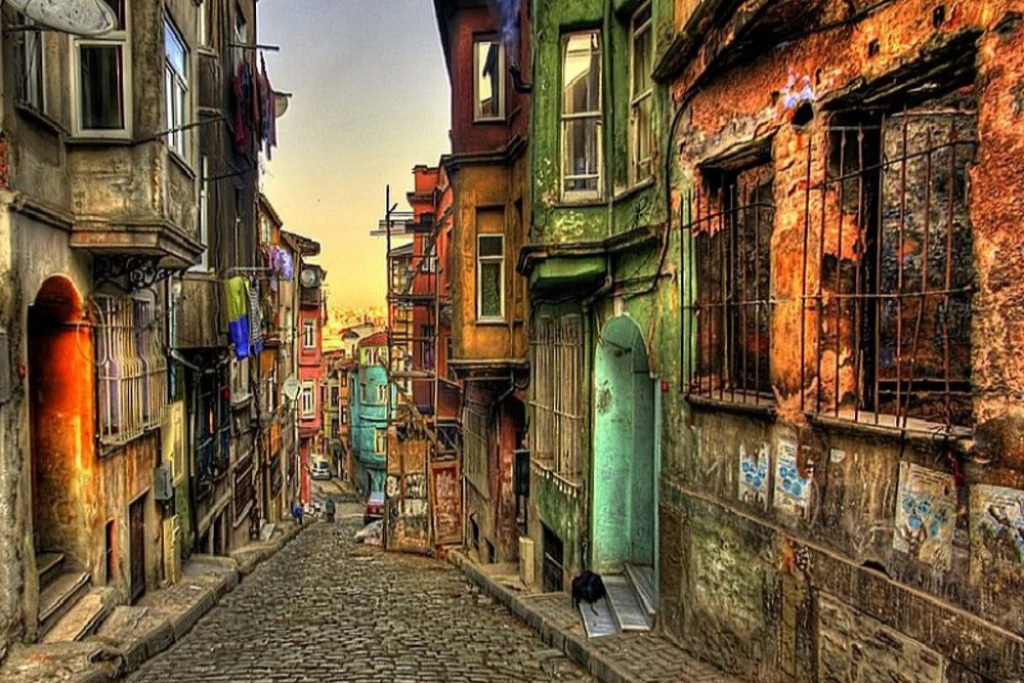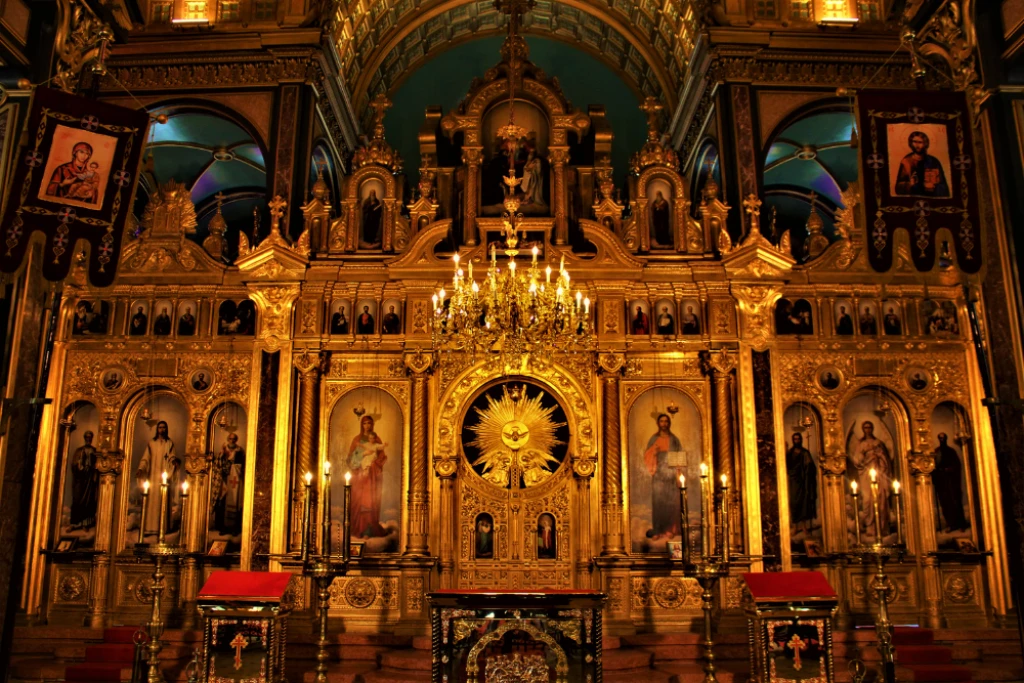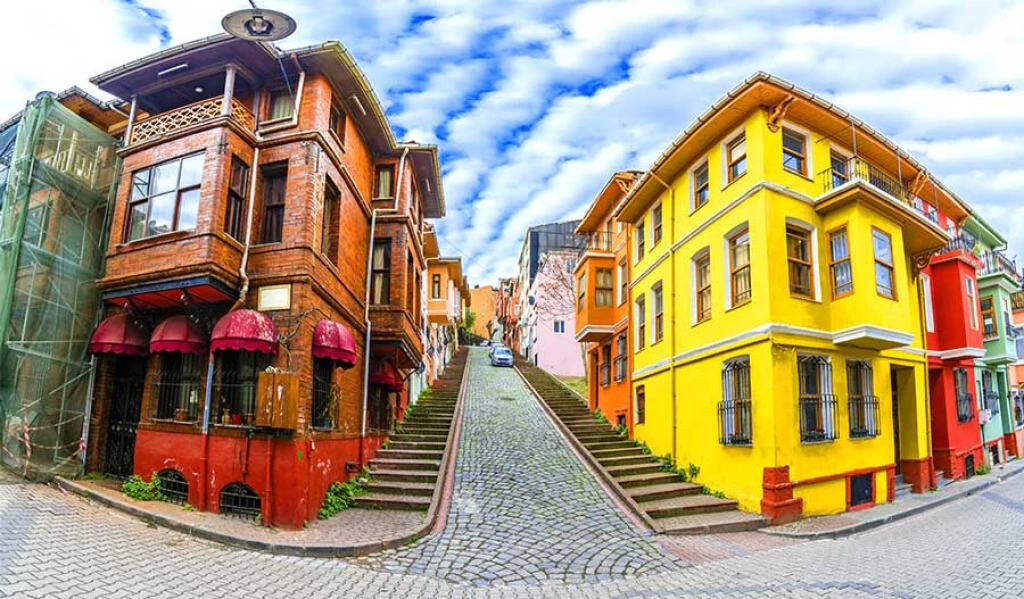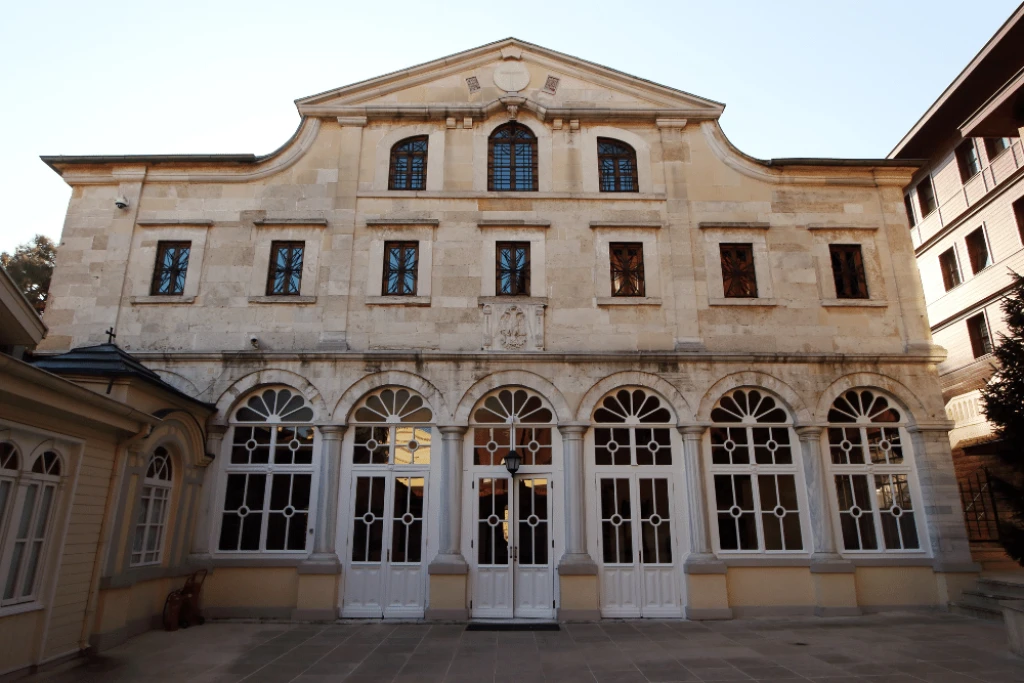Tour Detail
This is a walking tour to the hidden Streets of THE GOLDEN HORN DISTRICT to discover the DAILY LOCAL LIFE of istanbul.
– FENER DISTRICT,
– BALAT DISTRICT ,
– GOLDEN HORN,
– EMINONU DISTRICT
– GALATA DISTRICT ,
– ISTIKLAL STREET
Fener and Balat districts are located on the historic peninsula of Istanbul. Once a focal point of the social and cultural lives of Greeks, Armenians and Jews, the Fener and Balat districts are presently inhabited by a mostly Muslim population that immigrated from other cities and rural areas.
Fener was dominantly a Greek neighbourhood since the Byzantine period. In the 17th century, Fener became the residence of upper classes and the bourgeoisie with its hewn stone buildings and richly ornamented house facades. During the Ottoman period, an important segment of Greeks who lived in Fener, who were well-educated and fluent in several languages, held high government positions as interpreters or diplomats. During the 18th century, the majority of new constructions were made of stone or wood; and aristocratic Greek families started to build villas around the Patriarchate.
Balat is known as a Jewish quarter–with a small Armenian population– dating back to the Byzantine period. Balat’s winding streets provided a meeting ground for navigators, seafarers, street vendors and porters. Following the earthquake of 1894 and a series of fires that affected not only the neighbourhood but whole city of Istanbul, the social structure of Balat underwent significant changes: The wealthiest section of the inhabitants left the district and moved to Galata, which is the current location of the Jewish institutions including the Chief Rabbinate and major synagogues. The emigration followed and one fourth of the population of Balat left for Israel after its establishment.
The Golden Horn (Turkish: Haliç), is a major urban waterway and the primary inlet of the Bosphorus in Istanbul. It is a horn-shaped estuary that joins Bosphorus Strait at the immediate point where said strait meets the Sea of Marmara,thus forming a narrow, isolated peninsula,the tip of which is “Old Istanbul(ancient Byzantion&Constantinople),and the promontoryof Sarayburnu,or Seraglio Point.The Golden Horn geographically separates the historic center of Istanbul from the rest of the city, and forms a natural, sheltered harbor that has historically protected Greek, Roman, Byzantine,Ottoman and other maritime trade ships for thousands of years.
Eminonu is the name of the district which is the heart of the walled city of Constantine, the focus of a history of incredible richness. Eminönü covers roughly the area on which the ancient Byzantium was built. The Galata Bridge crosses the Golden Horn into Eminönü and the mouth of the Bosphorus opens into the Marmara Sea. And up on the hill stands Topkapı Palace, the Blue Mosque (Sultanahmet Camii) and Hagia Sophia (Aya Sofya). Thus Eminönü is the main tourist destination in Istanbul. It was a part of the Fatih district until 1928, which covered the whole peninsular area (the old Stamboul) within the Roman city walls – that area which was formerly the Byzantine capital Constantinople.
Galata was a neighbourhood opposite Constantinople (today’s Istanbul), located at the northern shore of the Golden Horn, the inlet which separates it from the historic peninsula of old Constantinople. The Golden Horn is crossed by several bridges, most notably the Galata Bridge. The medieval citadel of Galata was a colony of the Republic of Genoa between 1273 and 1453. The famous Galata Tower was built by the Genoese in 1348 at the northernmost and highest point of the citadel. At present, Galata is a quarter within the borough of Beyoğlu in Istanbul, and is known as Karaköy.
Istiklal Avenue or Istiklal Street (İstiklâl Caddesi,Independence Avenue) is one of the most famous avenues in Istanbul,visited by nearly 3 million people in a single day over the course of weekends. Located in the historic Beyoğlu (Pera) district, it is an elegant pedestrian street, 1.4 kilometers long, which houses boutiques, music stores, bookstores, art galleries, cinemas, theatres, libraries, cafés, pubs, night clubs with live music, historical patisseries, chocolateries and restaurants.
The avenue, surrounded by late Ottoman era buildings (mostly from the 19th and early 20th centuries) that were designed with the Neo-Classical, Neo-Gothic, Renaissance Revival, Beaux-Arts, Art Nouveau and First Turkish National Architecture styles; as well as a few Art Deco style buildings from the early years of the Turkish Republic, and a number of more recent examples of modern architecture; starts from the medieval Genoese neighbourhood around Galata Tower and ultimately leads up to Taksim Square.
Galatasaray Square is located at approximately the center of the avenue and is home to the oldest secondary school in Turkey: the Galatasaray High School (Galatasaray Lisesi), originally known as the Galata Sarayı Enderun-u Hümayunu (Galata Palace Imperial School).










